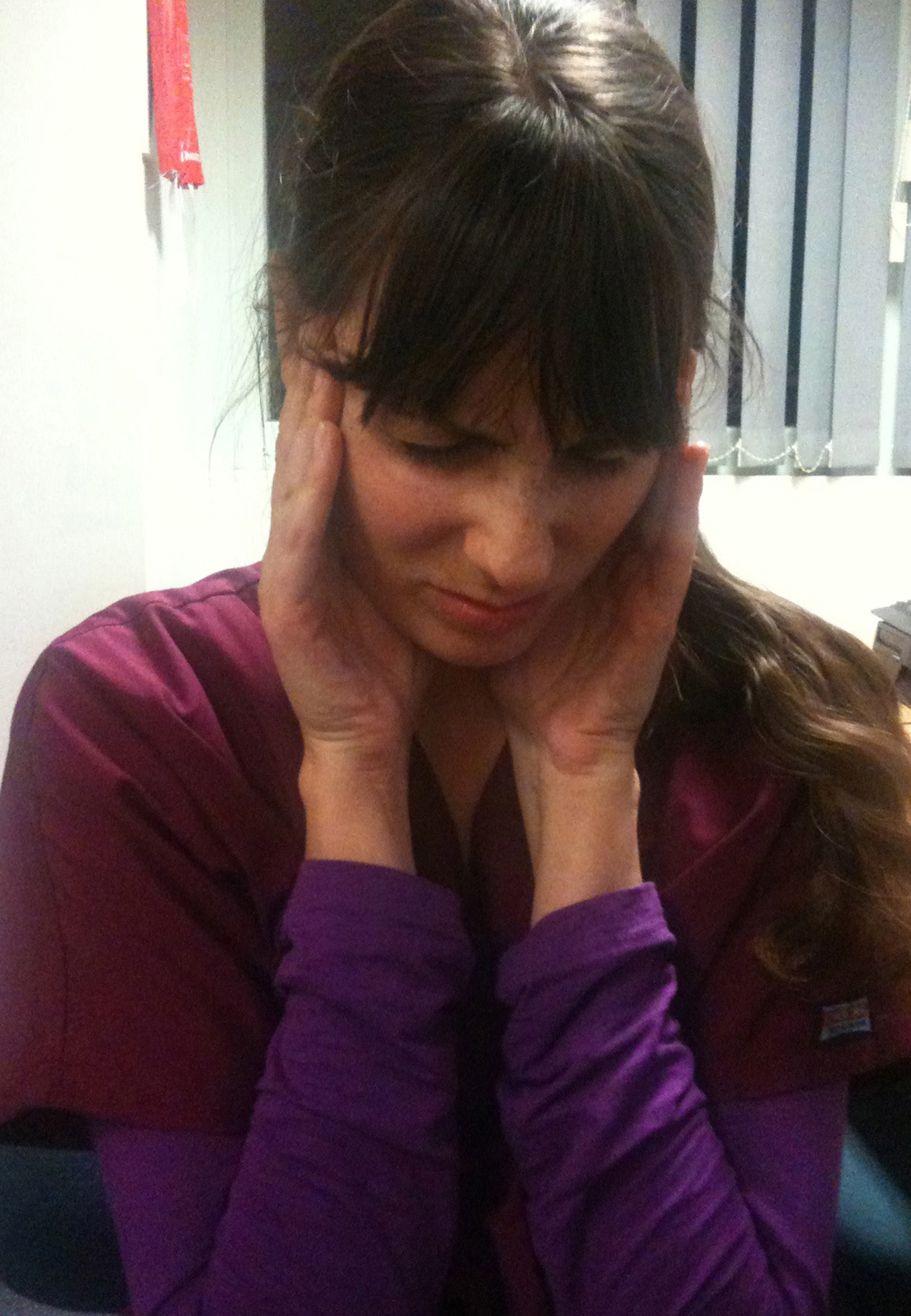
Homeopathy is a part of the integrative medicine in the United States. Integrative medicine combines the conventional medicine and complementary and alternative medicine (CAM) to get the best result for the patients.
Homeopaths treat the whole and the unique person in front of them. It means that they value the emotional state of the patient as much as the medicines the patient’s been using. When estimating the health condition of a person they even consider sleeping patterns, food habits and physical activity. The appointment is more talk and less physical exam, and at the end of an appointment the practitioner will suggest some medications for your illness. Most of the homeopathic medications are safe to use, and the best way to use them is to consult a specialist, and then apply the homeopathic medication.
If you decide to use the homeopathy on your own, try to use a remedy for symptoms that are similar to yours. Remedies are marked with doses and if you are following the directions and symptoms don’t’ go away, it might be the time to choose another homeopathic medication. Chronic migraines and headaches are best treated with the help of the homeopathic practitioner, and it is not advisable to treat the condition yourself. Inform your doctor if you are considering or using any medicine or remedy.
Homeopathic remedy for migraines and headaches from a head trauma is Arnica.
Cold feet and hands, red and hot skin and throbbing pain on the right side of the head are treated with Belladona. Sanguinaria canadensis is a homeopathic medication for sharp headaches, located in the right eye, showing symptoms like eyestrain or vomiting.
Bryonia alba is used for pulsating early morning pain near the left eye. The mouth is dry, and noise and movement make the headache worse. Another treatment for the left-sided migraine is Lachesis. This kind of migraine comes with congestion, hot flashes, flushed or blotchy skin and a person suffering from it can’t bear heat. Sepia treats headache centralized in left forehead or above left eye, with nausea and vomiting. Left-sided headaches are treated with Spigelia, too, especially if the symptoms include heart problems, and stiff neck and shoulders.
When the headache is the result of dehydration, weakness or anemia one should use China.
Cimicifuga is the remedy for migraines connected to the period, stiff neck pain and desperation.
Sometimes migraine or headache comes from worries or insomnia. Headache is followed by dizziness, nausea and vomiting. The condition is treated with Cocculus indicus.
Cyclamen is used in migraines associated with dizziness, vision problems or eye spasm. The patient may have earache, feel thirsty and weak, and could be sensitive to cold air.
Headaches with blurred vision, sensation of tight band around skull, frequent urination, and difficulty holding head straight or opening eyes are treated with Gelsemium.
Ignatia amara treats ice pick headaches and stress headaches, as well as sadness and grief. When having migraine with aura, or during the resting period the remedy for you is Iris versicolor. Natrium muriaticum helps with stress-related headaches, and headaches that appear of too much sun, disappointment or sadness. Tension headaches and hangovers, that worsen with some noise or scents should be treated with Nux vomica. Migraines might be triggered by weather changes. When it happens treat those headaches with Ranunculus bulbosis.



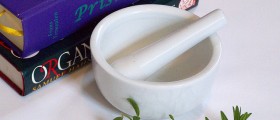




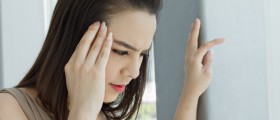
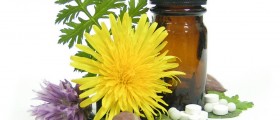


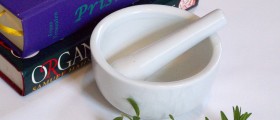

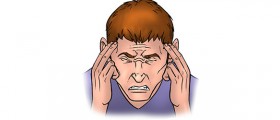
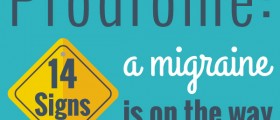
Your thoughts on this
Loading...